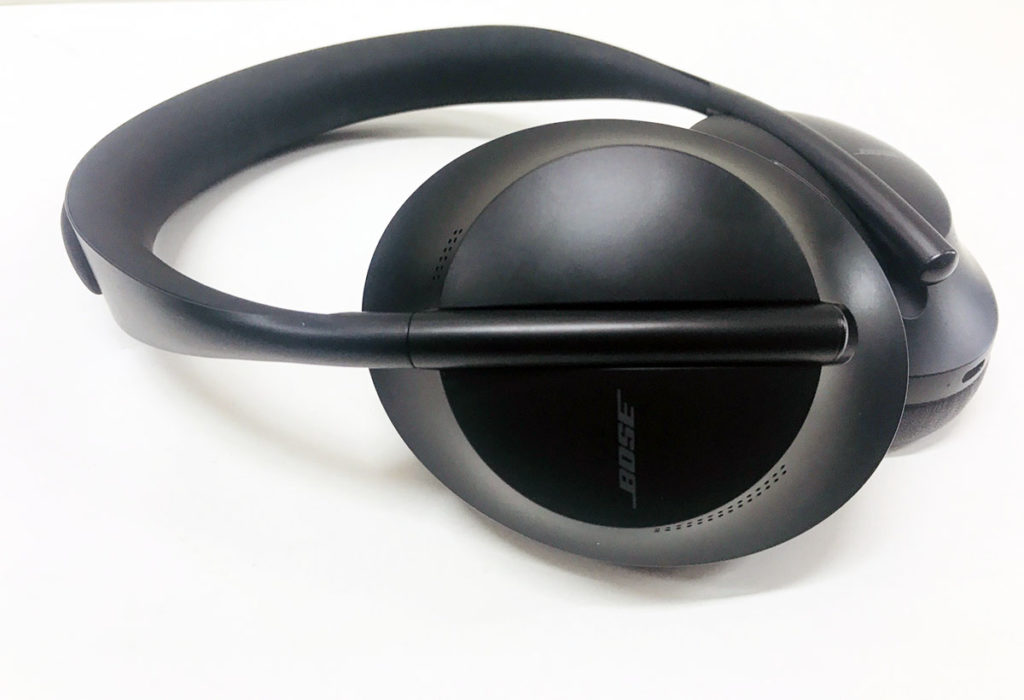Bose has been facing some stiff competition since companies like Sony and Beyerdynamic have released their own highly effective noise-cancelling wireless headphones. So, Bose has decided to step it up a notch with their new 700 model. What kind of improvements can we expect? And will the sound signature suit your ears and listening style? More important, is the 700 worth the hefty $400 price tag? Let’s take a closer look in this Bose Noise Cancelling Headphones 700 Review.
Bose Noise Cancelling Headphones 700 Review
IN the BOX
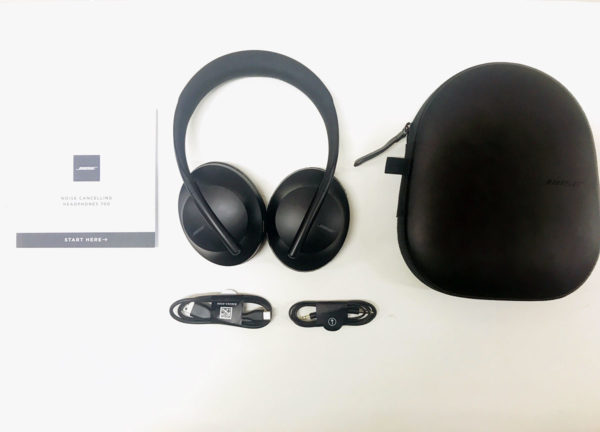
FIT
No complaints here. I took out the QC 35 II for a quick comparison. The 700 fits a little more snugly around the ears than the QC 35 II. The earpads also feel slightly more pudgy and luxurious than they do on the QC 35 II, while the headband cushioning has also been upgraded to a plusher and more durable material. And though the 700 is a bit heavier than the QC 35 II, it felt unobtrusive, even after a couple of hours of use.
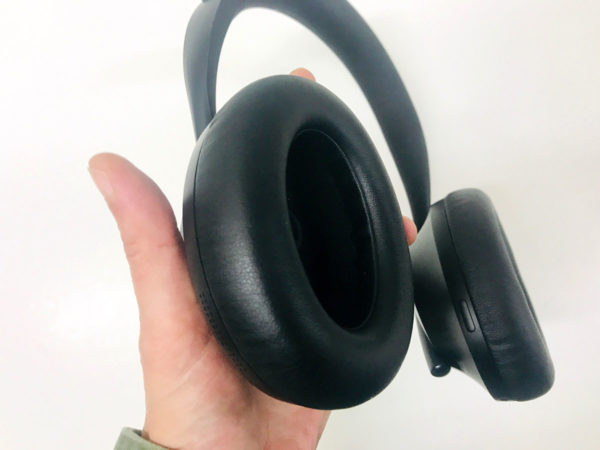
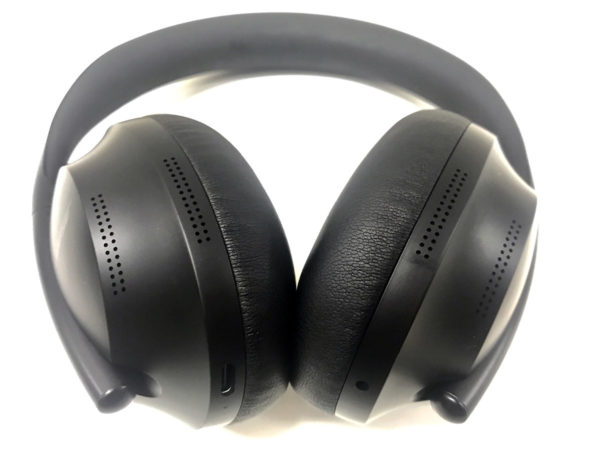
DESIGN
Call Clarity
I went out in the middle of Manhattan to make a call. Not only was it clear on my end, but my colleague on the other line heard minimal ambient noise. So, apart from the strong ANC, the impressive call clarity seems to be the 700’s best asset.
Battery
The battery life is nothing to write home about. About 20 hours is what you’ll get from these cans, which is 10 hours less than the Sony WH-100xM3. And even the QC 35 II, which is $100 cheaper, offers 20 hours. So, for 400 bucks, I was expecting more. But when you do run out of battery power, you can use the included 3.5mm cable for listening in passive mode. Finally, the 700 employs a USB-C connection for charging.
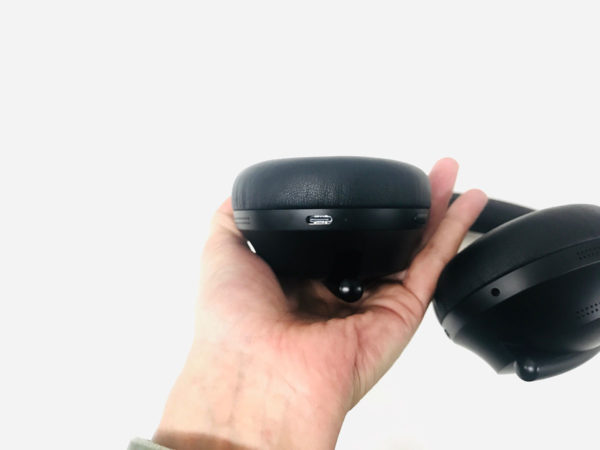
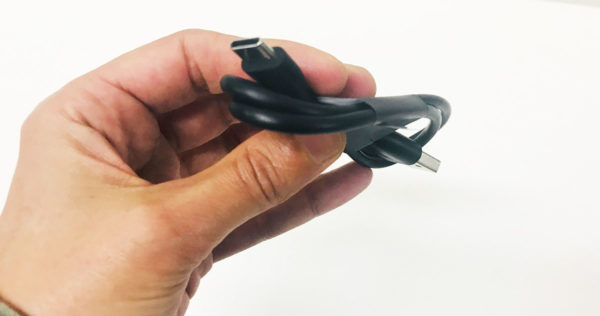
Bluetooth Version
The 700 supports Bluetooth 5, which is the latest Bluetooth version. So, you should expect fewer dropped signals, and better transmission overall.
Controls and Functionality
The controls take some getting used to. But the touchpad on the right earcup allows you to activate functions like play/pause, track skipping and volume adjustment. At first, I had a really hard time pausing and playing tracks. Quite frustrating. Even whacking it against the wall produced no results. Finally, I decided to read the instructions, and it became much easier.
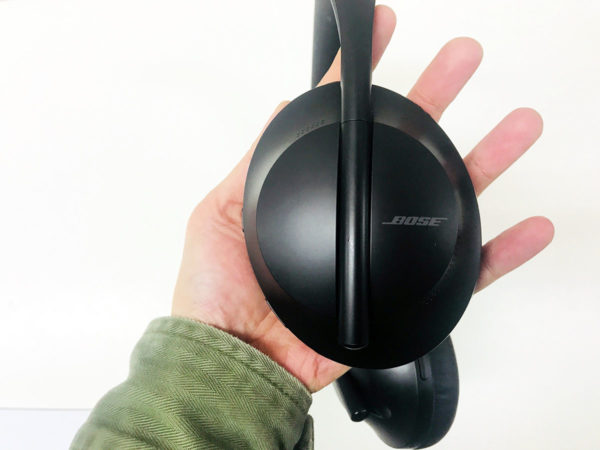
In addition to the touchpad control, you’ll also find a couple of buttons on the sides of the earcups. The button on the left allows you to adjust the ANC levels, while the one on the right activates your voice assistant. There’s also a Bluetooth pairing button on the right earcup, which turns on the headphone and allows you to connect to your mobile device. Once you’ve paired it to your device for the first time, it will connect automatically every time you turn on the headphones.
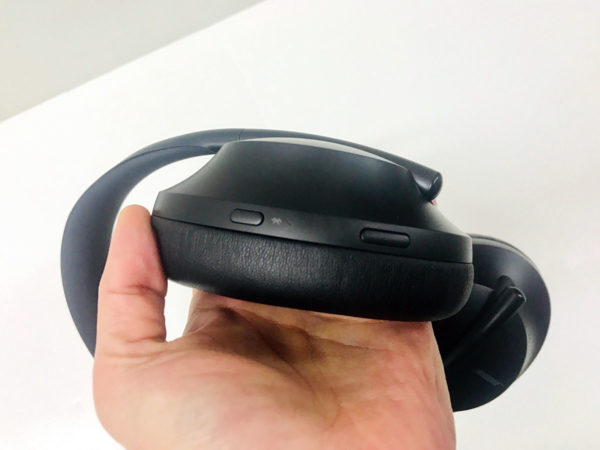
Noise-Cancellation
The level of noise-cancellation may be the best I’ve ever tested in a wireless headphone. I have yet to compare the ANC of the 700 to the Sony WH-100xM3, for example. But my guess is that the ANC on the 700 is at least as effective (if not more so) than the Sony.
The other nice feature is that you can choose between 10 different ANC levels. This is a good feature to have because some folks hate the feeling of pressure that strong noise-cancellation tends to create on the ears. There’s also an ambient mode, which let’s in the sound from your surrounding environment.
Bells and Whistles
Bose has created so much hooplah over their “AR” technology that I was really excited to try it out. It’s an interesting new concept that attempts to draw people’s attention away from their phone screens, and instead allows them to connect with their surrounding environment through interactive apps designed to be used with Bose headphones. For example, there are a couple of navigation apps, like “Navisens,” that not only track your location, but also respond to the movement of your head. So, in theory, you can look towards a particular direction and tap for information about attractions or points of interest. However, after installing this app, I found that the technology didn’t work at all. So, ‘AR” may still be a gimmick at this point.
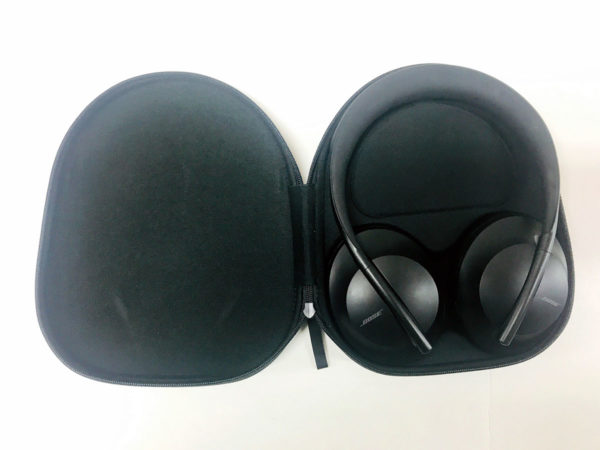
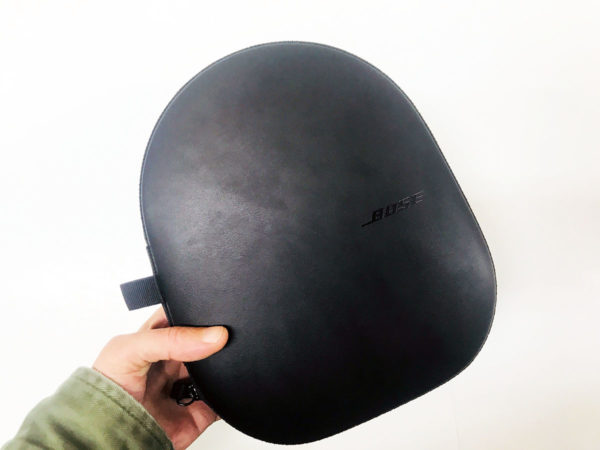
SOUND
Lows
What separates the 700 from most other noise-cancelling headphones in this price range is that the bass profile stays consistent, whether ANC is on or off. On most noise-cancelling headphones, the low end tends to get more powerful as the level of noise-cancellation increases, resulting in a bloated bass that overwhelms the rest of the mix. Not the case here.
While the bass gives enough punch to pop music, the low end falls closer to the neutral side. So, don’t expect a bass-heavy sound signature. And listening to rock, the low end doesn’t feel particularly warm or meaty. Rather, it’s a clean and well separated sound with a good amount of detail. So, acoustic string instruments, for example, reveal a nice amount of texture and nuance. And overall, the low-end profile seems versatile enough to handle most genres.
Mids
There’s a little emphasis in the upper mids over the more recessed lower mids. So, vocals sit just a touch forward, and you’ll get a slightly dynamic contrast between the low and high frequencies. This kind of characteristic generally works well for pop music, adding to the energy of the track. But even though there’s a little scoop in this range, listening to rock and pop-rock choruses, the 700 still offers a relatively full-bodied feel. And again, this is a pretty tidy headphone. Guitar strums, for example, sound clean and well-delineated even in the lower part of this frequency range. And transparency remains solid in the mids as well. Cellos, for instance, displayed a good deal of substance and a natural sounding timbre. So, if you’re a fan of folk, classical, or any genre that highlights acoustic instruments, this sound signature is certainly suitable.
Highs
There’s a touch of brightness in this frequency range. So, you’ll get a little sparkle, and percussion has a snappy feel, which adds to the vibrancy of fast tracks. But folks with extra sensitivity to high frequencies may want to go for a darker sound signature, like the one offered by Sony’s WH-1000xM3. Brass, for example, can become a little piercing in the highest frequencies. Still, the level of detail is pretty good in this range, revealing breath and subtle modulations in vocals and sufficient transparency with respect to strings as well.
Soundstage
In terms of spaciousness, the 700 does a decent job. But imaging is less than accurate, and small gradations in height and depth were hard to hear. And in general, there wasn’t enough dimension to give you a truly holographic sound experience. But for a pair of wireless cans, this is usually to be expected.
SUMMARY
Though I can’t complain about the 700 in terms of sound quality and noise-cancellation effectiveness, these cans don’t display the most charismatic sound signature I’ve ever heard. That is, there’s no defining characteristic that would make the 700 particularly memorable. Still, it’s a good all-rounder. So, if you listen across genres, and your priority is to eliminate the noisy hell around you, the 700 will get the job done. That being said, 400 bucks is a hell of a lot of money for what the 700 offers, especially considering that the battery life is only 20 hours. Given that the QC 35 II sells for $100 less, I wonder if the 700’s marginally superior ANC is worth the extra investment. Also, I’m in a particularly grumpy state today. So, you may want to factor my foul mood into your decision making process.

